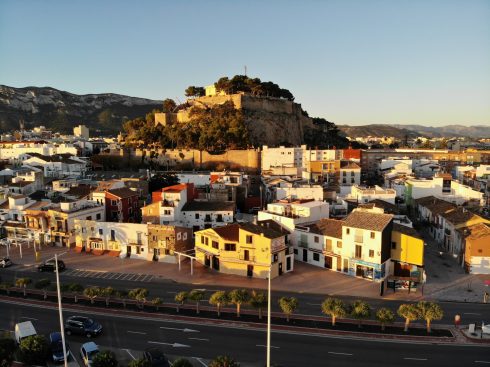AN ancient moat that is over 3,000 years old has been uncovered in Guardamar on the southern Costa Blanca.
Archaeologists from Alicante University have made the find at the Phoenician-built wall site of Cabezo Pequeno del Estano.
The moat has a depth of three metres and has an eight metre width at the top.
The significance of the Guardamar find is that it is just one of two such moats discovered from the Phoenician era across the western Mediterranean area.
The other one is at the Castillo de Dona Blanca in Cadiz.
The Phoenicians were primarily known as sailors who had developed a high level of skill in ship-building and were able to navigate the often turbulent waters of the Mediterranean Sea.
Though based around an area that includes modern Syria, Israel, and Lebanon, they travelled far and wide, including to Spain and the British Isles.
They were viewed as pioneers in maritime trading setting up bases in cities like Cadiz, which was known as Gades.
The find at Guardamar has not surprisingly generated a lot of excitement.
Alicante University archaeologist, Fernando Prados, said:
“This is an exceptional discovery of a Phoenician moat, especially as it is large and intact.”
“The quality is equivalent to those that you might find around in Beirut in Lebanon.”
Aerial photographs taken over the years have suggested that a moat might exist on the site.
It has taken until now for it to be uncovered, especially with quarry works taking place in the area.
Phoenician settlers built the large fortification close to the River Segura to mine for natural metals, while also seeking to repel local people unhappy about their occupation.
The fort and moat were built at a time when the sea was close by, compared to the two kilometre distance these days.











